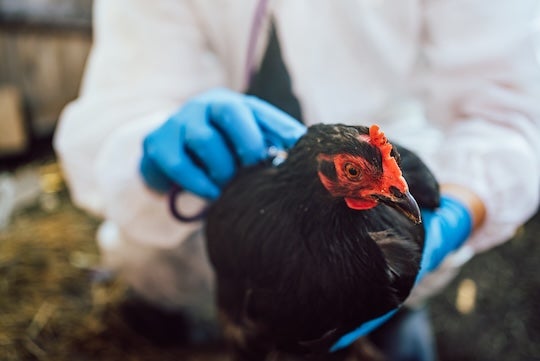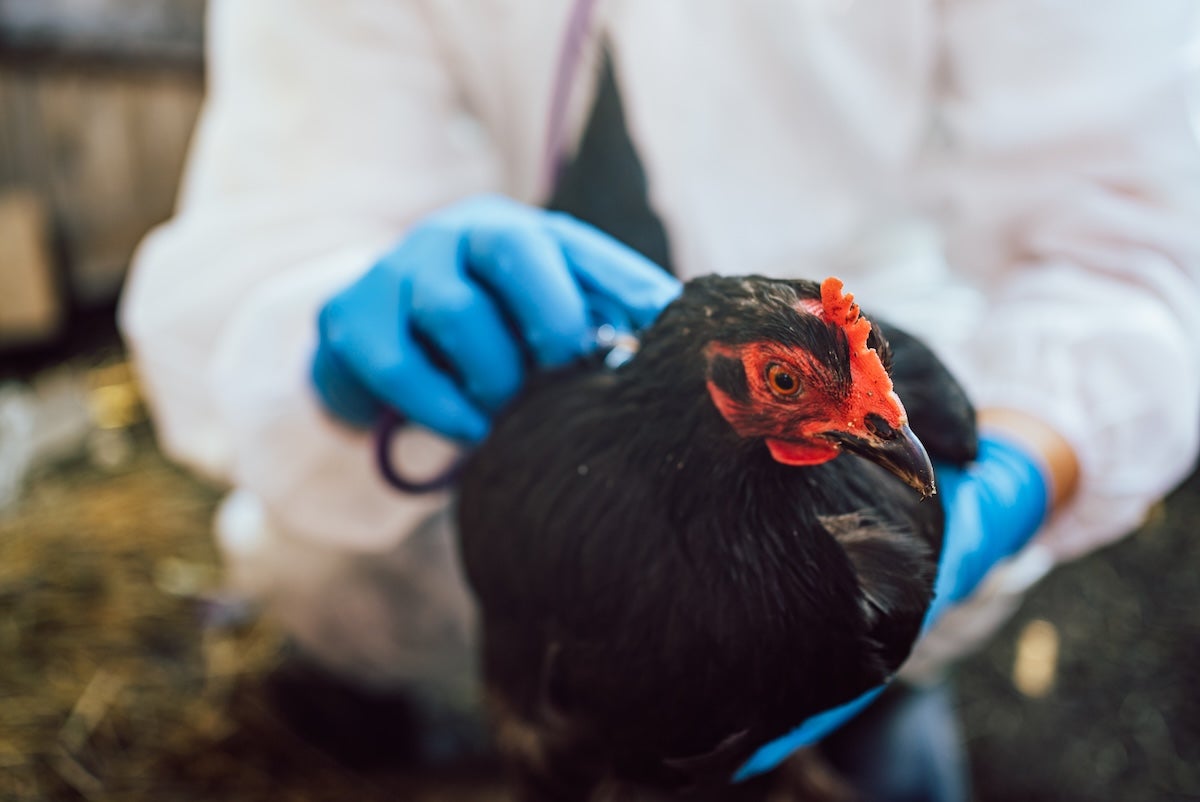
The first U.S. death from bird flu, recently reported in Louisiana, has raised concerns about the virus’s potential to adapt and spread. Rice University experts are available to provide insights on the scientific, environmental and computational aspects of bird flu.
Antibiotic resistance
Yousif Shamoo, the Ralph and Dorothy Looney Professor of BioSciences, was the principal scientific adviser to former Rice President David Leebron during the COVID-19 pandemic in 2020. He worked with the university to implement an effective COVID-19 response to protect the Rice campus — a response that was heralded as one of the most effective in the nation.
His research focuses on the dangerous rise of multidrug-resistant bacteria and the threat it poses to modern medicine. His research lab seeks to understand the underlying biophysical principles of adaptation within bacterial populations during protein evolution. By combining biophysics, genomics and experimental evolution, Shamoo’s team identifies evolutionary trajectories in bacterial populations to predict and combat antibiotic resistance.
“Antibiotic resistance threatens to return us to a pre-antibiotic era, undermining decades of medical progress. Understanding how bacteria evolve and adapt is essential for developing strategies to outpace these dangerous pathogens,” Shamoo said.
Wastewater testing for bird flu
Rice researchers are contributing to the fight against bird flu by monitoring the virus through wastewater. Lauren Stadler, associate professor of civil and environmental engineering, is collaborating with the Houston Health Department to analyze wastewater samples for viruses, a vital surveillance method that could help detect the presence of dairy products from infected herds being consumed by the city’s population and human cases of flu.
“Wastewater surveillance provides a powerful tool to track the spread of viruses,” Stadler said. “This approach allows us to identify hotspots and monitor trends, supporting timely public health interventions.”
Computational tools for virus tracking
Todd Treangen, associate professor of computer science, develops real-time computational tools to track emerging pathogens such as the H5N1 clade D1.1 — a version of the bird flu virus. His lab’s open-source software, including Parsnp and Olivar, enables researchers to analyze viral genomes quickly and accurately, aiding in outbreak containment efforts.
“Advanced computational tools empower us to rapidly detect and understand mutations in bird flu strains,” Treangen said. “Our goal is to provide scalable solutions that equip public health teams with actionable data in real time.”
To schedule an interview with any of Rice’s experts on bird flu-related topics, contact Marcy de Luna, media relations specialist, at marcy.deluna@rice.edu, or Chris Stipes, executive director of news and media relations, at chris.stipes@rice.edu.

